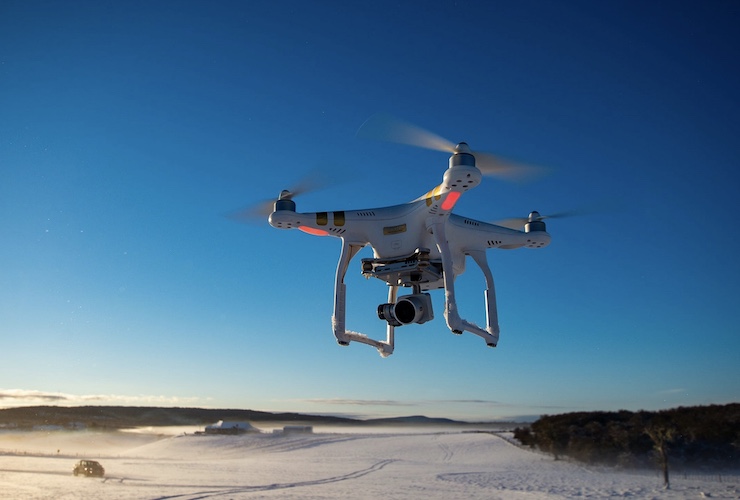A Chronic Shortage of Qualified Drone Pilots

The commercial drone industry is growing by leaps and bounds but still faces some major hurdles. One of those hurdles is the prohibitive regulatory environment, which is slowly being loosened to accommodate rapid drone expansion. But the rising demand for drones could end up being hindered by an unforeseen problem: the growing shortage in the number of qualified pilots to fly them.
In just one country, India, an estimated 7,000 drone pilot slots have gone unfilled in 2002, with an estimated 100,000 new employment opportunities opening up over the next three years. While autonomous or pilotless drones can perform some badly-needed basic functions, the majority needed for site mapping and crop spraying in rural areas – the source of the biggest demand for drone services in India – require remote pilots, experts say. And without a more concerted effort to train and qualify more pilots, the drone industry’s expansion could be slowed, they warn.
According to Vipul Singh, CEO of Aarav Unmanned Systems based in Bangalore, India, the government, academia and private business are not putting sufficient effort into disseminating knowledge or creating the necessary infrastructure and the pipeline to get India’s youth trained, certified and employed as pilots. Youth, he notes, especially in rural areas, could easily find careers in the drone industry, and get themselves and their families out of poverty. Currently, the most qualified drone pilots are earning as much as 50K Indian rupees (about $630 per month, in a country where the median monthly salary is just under $400), depending on the complexity and location of their deployment. “All you need is a high school degree and some tech-savviness,” he told the online news magazine Tech2, last May.
In the United States, the median total pay for a drone pilot is $85,159, with an average salary of $54,128, according to the job site Glassdoor. Pilots can earn additional income of $31,031 through cash bonuses, commissions, tips and profit sharing. However, salaries and income vary widely by sector. Location also matters. Drone pilots in the West earn much higher incomes than those in the South, for example. But even with relatively high salaries, drone pilot shortages are growing, industry analysts say.
Part of the problem isn’t recruitment and training – but retention. In the US military, news reports suggest that many currently employed drone pilots are facing high levels of stress – and in fact, some are bailing out of their jobs. The pilots in question have been manning the first generation of armed drones, including the Predator and Reaper drones, and directing laser-guided bombs on selected targets in Iraq, Afghanistan and other locales. As some began leaving their jobs, a trend first reported back in 2011, the remaining operators were forced to perform longer shifts, carrying out consecutive missions without the proper rest. Many have since left the Air Force for the Air National Guard or for more-lucrative, less-stressful work.
These shortages aren’t just limited to the military sector. Commercial industries seeking qualified drone pilots are also having trouble finding trained personnel, and despite the growing demand, are reluctant to retain those without the proper licenses. Part of the challenge is the growing sophistication in drone design and capabilities, which has led to “a proportional rise in issues relating to sourcing commercial pilots,” according to the 2021 Drone Market Sector Report. In contrast to past years, many companies refuse to hire drone pilots that have obtained the FAA’s basic pilot license, preferring candidates with specialized skill sets beyond flying such as drone mapping, structure inspections and roof inspections.
Meanwhile, countries like India, where the drone market has only recently exploded, are just now beginning to recognize and deal with the magnitude of its drone pilot shortage. The government is starting drone training courses in select technical institutes as part of its “Drone Shakti” initiative announced by India’s finance minister earlier this year. Training for flying drones is mostly done through flight simulators. All told, about 15-20 drone schools are offering rudimentary drone pilot certification, with the same number likely to pop up in 2022-2023. It’s a sign of just how rapidly the drone industry is growing in the world’s second most populous nation – and the still yawning gap between the supply and demand for qualified drone pilots nearly everywhere.
|